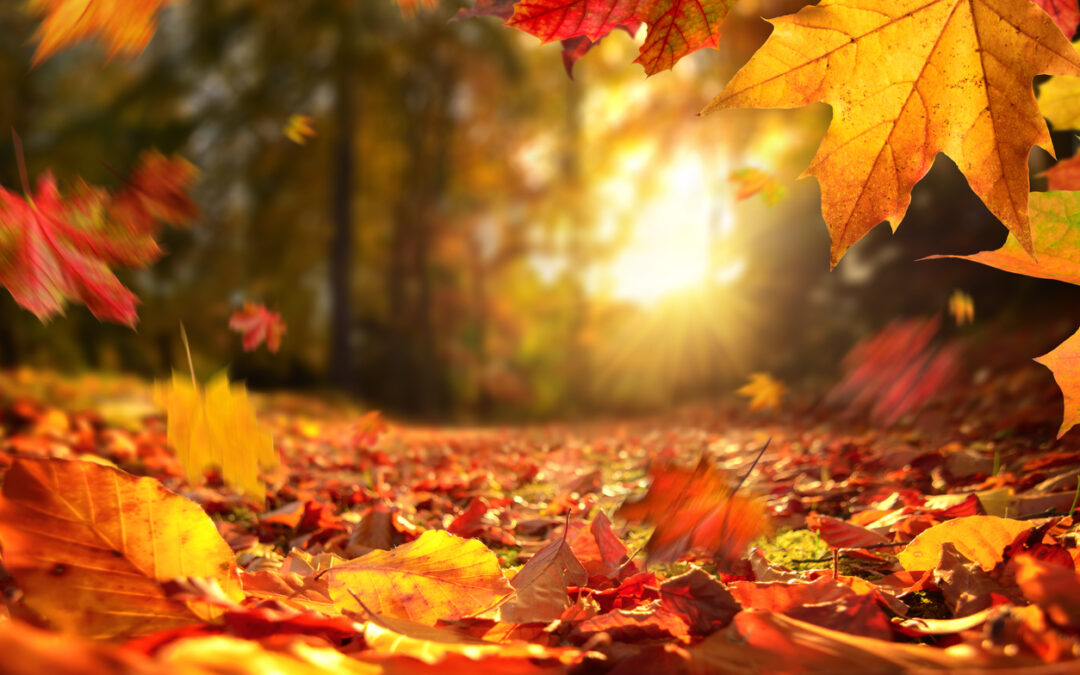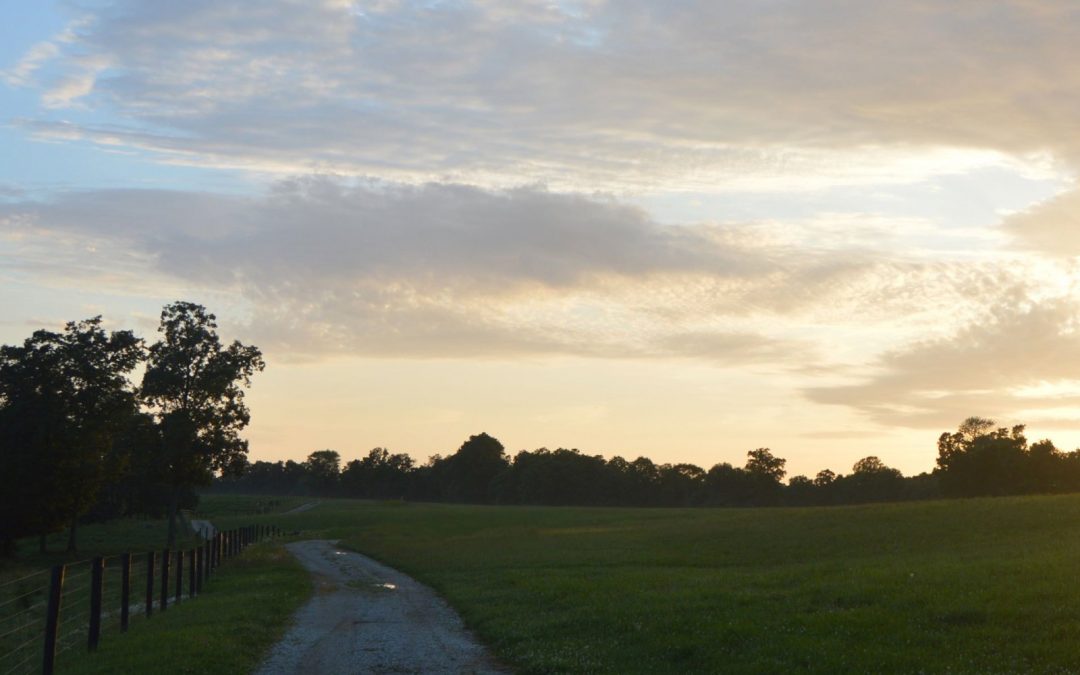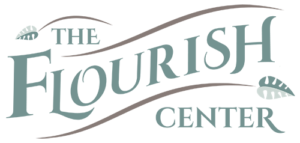
by Jen Owen, N.P. | Nov 4, 2020 | Integrative Medicine, Seasonal Health
Welcome to this week’s topic about finding the best health care plan to support your desire for integrative care.
There are 5 main things you’ll want to keep in mind if you have the option to switch health insurance plans during this open enrollment period from November 1-December 15:
First: Are Your Preferred Providers Covered In-Network?
Check to see that the providers you actually want to work with are covered by your plan.
When you are given the list of possible plans either by your own search, the marketplace, or your agent, be sure to search for each provider you want to see in the provider directory.
Don’t forget to look for your alternative care providers, such as your chiropractor, acupuncturist, and massage therapist.
I did a live video about this on my Wellness Wednesdays Facebook Live. Click here to watch it.
Second: What Labs Are Covered?
Look into what lab tests are covered by your insurance. Usually this is a very small amount of labs, like cholesterol and blood sugar.
Find out which laboratory companies are the preferred options for each plan. Do these work well with your primary and specialty care providers?
Are you interested in getting specialty testing like a food sensitivity panel? Does the insurance plan you’re considering work well with specialty testing companies?
Third: Are “Alternative” Treatments like Chiropractic or Acupuncture Covered?
Many plans offer a certain number of these types of visits. How about the one you’re considering?
What is your co-pay for these services?
Is the plan more expensive every month because it offers these services? Would there be less cost to you if you paid out of pocket versus paying extra for this coverage?
Fourth: What Medical Care Do You Foresee Needing Next Year?
Will you simply be using your insurance for your wellness checks or do you know you need an expensive procedure?
If you’ll be seeing your primary care provider only once or twice to get your annual exams and screenings and don’t plan on much else, a high deductible plan might make sense.
This could free up cash-flow for specialty care and testing.
But, if you know you need a surgery or something else with a higher cost, it might make more sense to pay a higher monthly fee with a lower deductible.
Fifth: Could Working With an Agent Alleviate Stress For You?
A few years ago, I found an amazing agent to help me navigate the healthcare maze. She’s been particularly helpful with options for my small business.
Having an agent is great for objective advice and to make sure you know all your options.
A good agent will present you with the very best options for you and you don’t pay them anything.
If you want to get in touch with my agent, she is Rachelle Thayer of Northwest Strategic Insurance Advisors.
What other questions do you have? Comment below and let me know and share this post with friends who might also need this information.

by Jen Owen, N.P. | Sep 24, 2020 | Seasonal Health
I love fall. It’s the time when we get to start turning inward. I always find it interesting how that seems to just naturally happen.
It’s a great time for reflecting on the life you’re living and for asking if it’s feeling right to you.
Sometimes we have to make some hard choices about our lives that don’t necessarily align with those around us.
Do you eat what you eat because it’s what others in your family want to eat?
Do you drink alcohol because it’s how you share special time with your loved ones, but you don’t really want it?
Do you skip your exercise regimen in order to do what someone else wants to do?
Do you stay in a job because of “security” or because you “have to”?
How often do you do want YOU really want to do?
I know it’s even harder in times like these. If you have kids, you have kids ALL the time. If you drink alcohol, the culture says to drink more. If you had an exercise plan, it’s been disrupted.
You get the idea.
Now, more than ever, we need to get clear about what we really want, and then allow it for ourselves.
Take some time and ask yourself:
~Am I eating how I want to eat?
~Am I spending my time how I want to spend it (besides homeschooling—sorry Moms!)
~Am I prioritizing my care of my own body?
~And…what else?
It’s okay to want what we want. It’s okay to set some priorities and then stick with them.
What more is possible for you?
Will you let yourself make it known and let yourself have it?
I’d love to hear what comes up for you.
Post your comments below and if you’re feeling really stuck, come on in and let’s get a plan formed together! I’ll help you find what’s already there.
Need more fall health tips? Check out this blog, too!

by Jen Owen, N.P. | Sep 23, 2020 | Seasonal Health
Written by Flourish founder and clinic Nurse Practitioner, Jen Owen, N.P.
Fall is here! The leaves are starting to fall, the rain will soon be upon us, and all things pumpkin will be showing up everywhere.
The changing of the season brings new cycles in weather and also in our health.
In Chinese Medicine, fall is the season of the element metal, which is associated with the lungs and large intestine.
“The lungs and the large intestine are both organs that must stay clean for their best function, and often have difficulty when they are contaminated by environmental pollutants of cities, by smoking habits, and by the dietary excesses common to the American culture”, Elson Haas in his book, Staying Health With the Seasons (one of my favorite books—available used at Powell’s).
Now is the perfect time to pay attention to what we’re breathing and what we’re eating, and how we’re caring for our lungs and large intestine.
For the Lungs:
~Deep breathing, like 4:7:8 Breathing, a simple breathing technique where you inhale for 4 counts, hold for 7 counts, and breathe out for 8 counts, then repeat 4 times. Click here to learn more.
~Get fresh air. How much fresh air are you getting every week? Try to get outside at least 30 minutes every day.
~Drink mullein infusion: Mullein leaves are tonifying to the lungs. Pour boiling water over mullein leaves, cover, and let steep for at least 30 minutes. Strain and enjoy. (Use 1 tsp. dried herb/1 cup water)
For the Large Intestine:
~Make sure you’re having a bowel movement at least daily. If you’re not, first check in with your water intake. Dehydration is one of the most common causes of constipation. Next, what about fiber? The Rainbow Diet is an easy way to add more fiber in the form of colorful fruits and vegetables.
~Pay attention to what Mr. Haas calls, “congesting foods”, like meats, dairy, refined foods, and foods high in sugar. These foods can slow movement in the large intestine and keep you from detoxifying properly.
~Keep your microbiome (good bacteria balance) happy. Eat some foods that contain good bacteria like kombucha and sauerkraut.
~Consider a Comprehensive Stool Analysis. We have two different options at Flourish for this testing, which lets us know how well you are digesting your foods, the balance of the good and bad bacteria in your gut, if there’s any inflammation present, if you have an increased risk of colon cancer, and more.
As far as seasonal eating, it’s pretty obvious, eat what’s in season.
It’s the harvest, so tomatoes, peppers, squashes, and fresh herbs abound. If you can shop the farmer’s market, it will be obvious what’s fresh and available. I love to throw everything together into soups and stews.
What’s your body wanting right now? Can you slow down and listen?
The last piece of moving into fall has to do with living our best way of way of living. It’s about allowing yourself to do what feels best to you and be the person you most want to be.
If life isn’t going the way you wish it was, if you feel like one area of your life gets good just as issues occur in another, and you’re looking for ongoing support to live your very best life, schedule an appointment with me now.
Fall is the time when the dark returns and we get to start turning more inward. Take a moment to ask what you need at this time.
Let your breath and your food move through you with ease and use these tips if any stagnation occurs.
Questions, comments? I’d love to hear from you. Please comment below and please share this blog with your friends.

by Jen Owen, N.P. | May 28, 2020 | Seasonal Health
This week, I was able to attend a webinar hosted by the American Herbalists Guild called “Evolving Therapeutic Strategies in the Stages of COVID-19” with Registered Herbalist, Paul Bergner. Paul is known for his decades of herbal medical experience and his expertise as a researcher and his teaching through his school, the North American Institute of Medical Herbalism.
Paul has been gathering information regarding coronavirus since its appearance this winter, including his own experience with the virus. The webinar was to inform us of the research being conducted and effective treatments herbalists are using to reduce duration of symptoms and decrease the likelihood of death from contracting the virus. Thanks to Paul, I am able to share some of this information with you.
Paul introduced us to 5 stages of the virus presentation. Stages 2-4 were what you would expect: mild symptoms moving to more severe symptoms. Stage 1 surprised me and changed my thinking about this situation.
This is how he describes Stage 1:
“Stage 1: Uninfected but vulnerable or at-risk from nutritional status, disease status, lifestyle factors, and nutritional deficiencies.”
Unfortunately, this is most of the United States. This means that a very large percentage of us are already in Stage 1 of coronavirus because of our current health statuses, and we are all at risk for exposure because the numbers of positive tests continue to grow in most places.
Paul went on to describe the basics of preventing Stage 1 with the following prevention strategies:
~Adjusting lifestyle, sleep, and activity levels
~Managing or improving comobidities (chronic diseases that increase risk), such as diabetes, high blood pressure, heart disease, and chronic breathing issues.
~Correcting deficiencies of Vitamin D, Vitamin C, Vitamin E, Vitamin A, zinc, and selenium
~Normalizing omega-3 fatty acid status
If you’ve been following my blog, this should all sound very familiar as I’ve been talking about all of these from the beginning, and this list of preventions are the main focuses of all my work as an Integrative Medicine Nurse Practitioner.
In New York, high blood pressure was the greatest comorbidity with diabetes and obesity coming in 2nd and 3rd. In the UK, chronic heart disease was the highest comorbidity with diabetes and chronic lung disease following close behind.
I’ve also heard the argument that this is an old person’s virus, but interestingly, 25% of the hospitalizations in New York were under 52 years old. With myself coming in at 47, this gives me pause.
Paul also gave us the recent data on the correlation between COVID-19 and Vitamin D status. In the integrative world, we have been following the data on Vitamin D for a long time. We have seen it’s effectiveness in the prevention of respiratory illness. It seems that Vitamin D might actually help the body recognize invaders like the coronavirus more effectively so that the immune system can put up a defensive front more quickly and efficiently.
There are currently 11 formal trials looking at COVID-19 and Vitamin D. While we’re not yet sure if Vitamin D is effective in the cure of COVID-19, we are becoming more sure that having an optimal Vitamin D level lessens the severity of the symptoms related to COVID-19. It seems really strange to me that the powers that be are not promoting this simple and cost-effective prevention strategy.
The webinar went on to describe herbal and nutritional treatment strategies for treating COVID-19 symptoms. I’m very grateful for all this information and I’m stocking my apothecary with further remedies should the need arise for my patients.
The takeaway from all of this is that we need to be thinking of our current health status as an actual stage of coronavirus. If you are at risk because of nutritional deficiencies, comorbidities, or the lifestyle factors you’re currently choosing, now is the time to act!
Comorbidities such as high blood pressure and diabetes often go unnoticed until the symptoms because obvious.
When is the last time you had blood work done?
Do you know your Vitamin D status?
Are you continuing with lifestyle choices that are reducing your chance of fighting this virus should you become infected?
I highly recommend seeing an integrative/holistic/functional medicine practitioner near you. In our work, we look at the whole person (all the risk factors for coronavirus) and help you create a sustainable plan for optimal function of your systems, including your immune system. If you are in Portland, I can help.
It’s not too late to begin moving yourself out of Stage 1. You could still contract the virus and get symptoms, but the data is showing that those who don’t start out in any stage at all are having the greatest chance of less severe symptoms and reduced chance of dying from this novel virus.
To request a new patient appointment with me here at FLOURISH, please submit this form. If you don’t live near me, please reach out to someone in your area soon. And, of course, share this post with friends who need this information too!

by Jen Owen, N.P. | Jan 1, 2018 | Seasonal Health
At the start of the new year, I went for a walk in the woods near my home. I started in as usual on my power walk, but then something inside of my nudged me to slow down. I began intentionally moving my feet one step at a time. All of my senses became heightened and I started listening deeply to the water moving in the creek, the birds chirping around me, and the leaves rustling on the trees. I could smell the pine scent of each tree. At that moment everything sounded and smelled differently than it had before.
What was different about this moment? Was it simply just slowing down to “smell the roses” if you will? No, this was different. It was about the intention. As I slowed down to take each step separately, the world seemed to open itself up to me. It was the intention of moving each step forward one at a time that was doing it. When I walked with intention, good things came to me.
At that moment, I declared 2018 to be my Year of Intention. Since that day, I have been trying to do everything I do with intention, from what I eat and drink to what I work on, to what I choose to do with my time. And, it’s working. Food and drink taste better and feel better in my body. My work flows more freely and creatively. My housework is more fun.
It takes a lot of awareness to do this. It’s not easy. When I forget and clamor through something, it doesn’t feel as good, not as aligned. I am becoming quickly aware of that, too.
What needs more intention in your life? What would it look like to purposely do each step of your day? Give it a try and see what good things will come to you. I would love to hear what happens….






Recent Comments